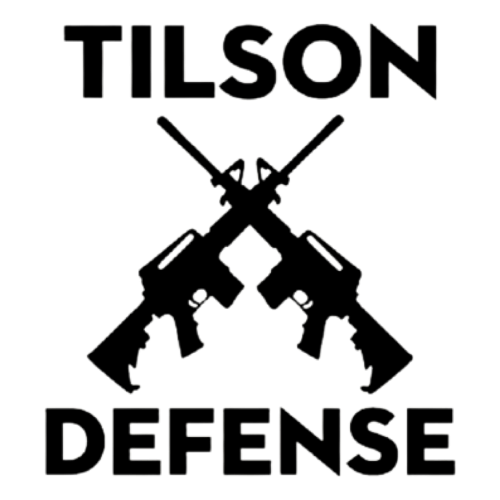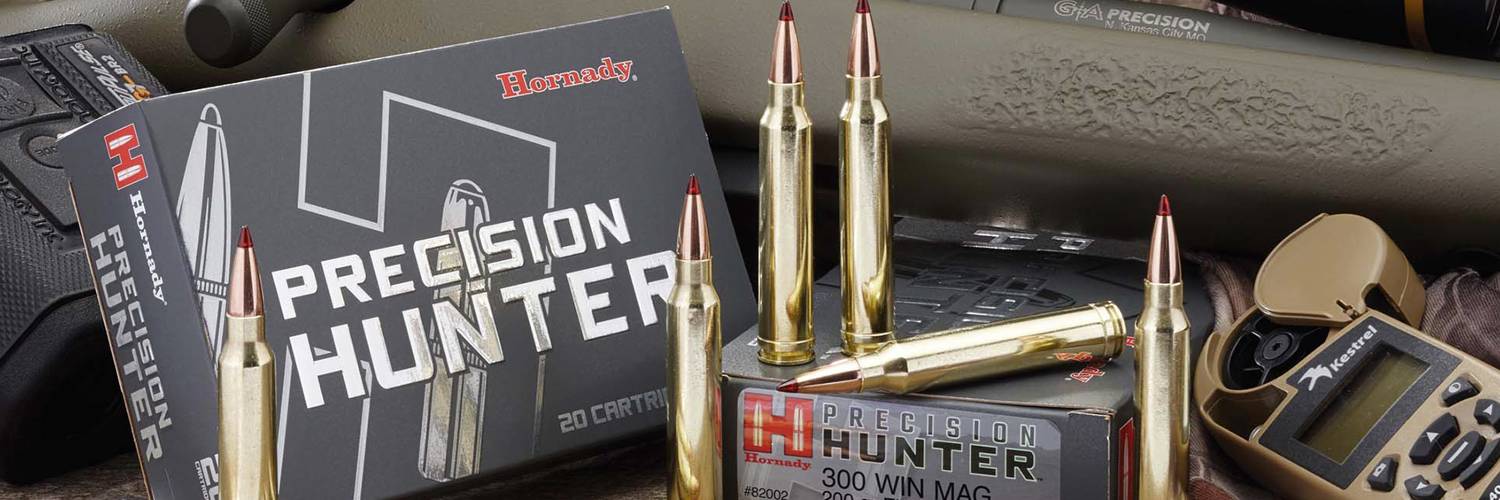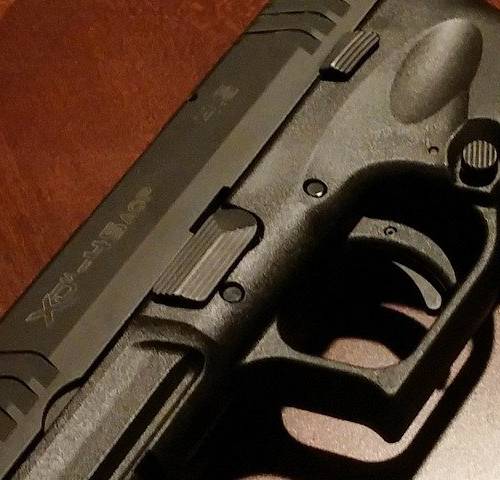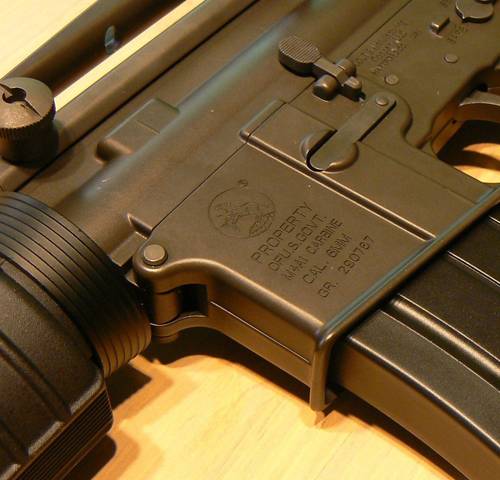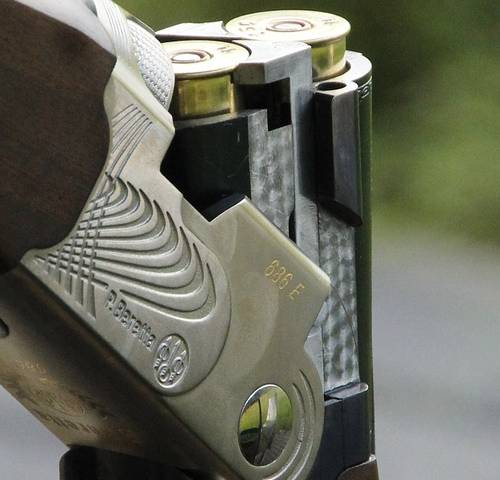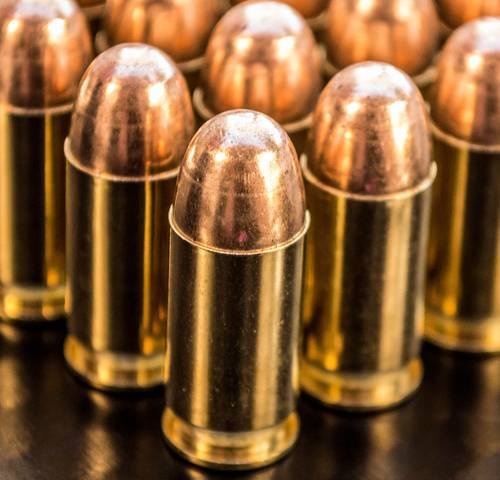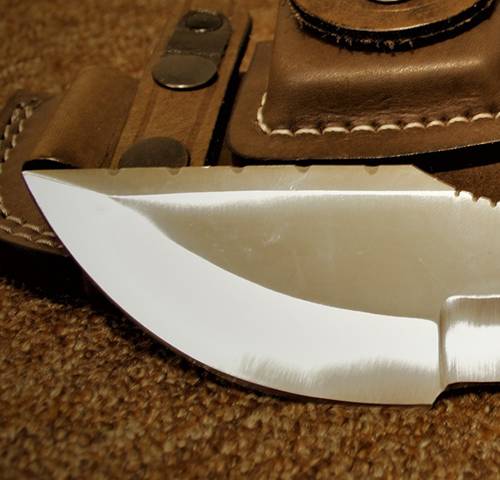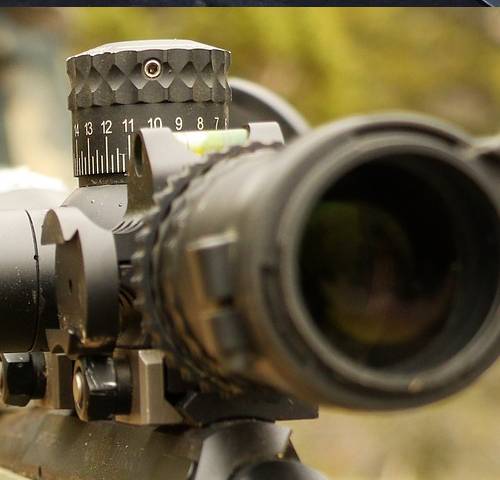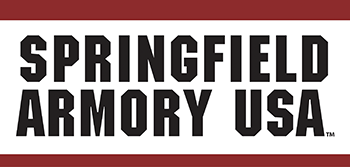-
Accessories
- Air Gun Accessories
- Air Guns
- Arrows & Tips
- Black Powder Accessories
- Black Powder Ammo
- Electronics
-
Gun Accessories
- Bases
- Bipods & Monopods
- Braces
- Brakes & Compensators
- Carry Handles
- Choke Tubes
- Forends
- Furniture & Grip Accessories
- Gun Lights
- Gun Racks & Holders
- Hammers & Extensions
- Heat Shields
- Holders And Accessories
- Magazine Accessories
- Magazine Loaders
- Magazine Plugs
- Magazines
- Moon Clips
- Rails & Bases
- Recoil Pads & Spacers
- Slings
- Speedloaders
- Stocks
- Suppressors
- Swivel Adaptors
- Swivel Screws
- Swivels
- Gun Lights
-
Gun Parts
- Bolts & Pistons
- Brakes & Compensators
- Carry Handles
- Charging Handles
- Complete Lowers
- Complete Uppers
- Conversion Kits
- Dust Covers
- Electronic Sights
- Forends
- Forward Assists
- Frames
- Furniture & Grip Accessories
- Gas Blocks & Tubes
- Grips
- Guide Rods
- Hammers & Extensions
- Handgun Barrels
- Handgun Sights
- Laser Sights
- Lower Kits
- Magazine Plugs
- Magazine Releases
- Magazines
- Other Gun Parts
- Parts Kits
- Receiver Sets
- Recoil Pads & Spacers
- Rifle Barrels
- Rifle Sights
- Screws & Nuts
- Shotgun Barrels
- Shotgun Sights
- Silencers
- Slides
- Springs
- Stocks
- Stripped Lowers
- Suppressors
- Trigger Guards
- Triggers
- Holders
- Magazines
- Optic Accessories
- Other Accessories
- Personal Protection
- Range Finders
- Safes & Vaults
- Slingshot Accessories
- Slingshots
- Uppers & Lowers
- Ammo
- Firearms
-
Gear & Supplies
- Apparel
- Black Powder
- Black Powder Accessories
- Black Powder Ammo
- Blades & Tools
- Camping Gear
- Cases, Backpacks & Bags
- Cleaning & Maintenance
- Holsters
-
Hunting Gear
- Archery Cases
- Belts
- Blind Accessories
- Blinds
- Camera Accessories
- Chairs & Stools
- Decoys
- Feeders
- Fire Starters
- Game Calls
- Game Dressing Accessories
- Game Straps & Hoists
- Gloves
- Gun Racks & Holders
- Gun Socks, Sleeves & Protectors
- Handgun Cases
- Harnesses & Lanyards
- Headlamps
- Headwear
- Heat Packs
- Hunting Lights
- Hunting Scents
- Memory Cards
- Packaged Food
- Repellents
- Rifle Cases
- Shotgun Cases
- Spotlights
- Tactical Cases & Bags
- Vests
- Knives
- Lights
- Police Gear
- Reloading Supplies
-
Shooting Gear
- Adhesive Targets
- Ammo Boxes
- Ammo Holders
- Ammo Trays
- Arbors
- Archery Cases
- Belly Bands
- Belts
- Bore Sight Kits
- Bore Sighters
- Bullet Traps
- Choke Tube Boxes
- Clays
- Electronic & Laser Targets
- Explosive Targets
- Eye Protection
- Gloves
- Gun Racks & Holders
- Gun Rests
- Gun Socks, Sleeves & Protectors
- Handgun Cases
- Headwear
- Hearing Protection
- Holster & Holder Mounts
- Interactive Targets
- Magazine Holders
- Metal Targets
- Paper Targets
- Range Bags
- Rifle Cases
- Shooting Benches & Tables
- Shooting Mats
- Shotgun Cases
- Tactical Cases & Bags
- Target Accessories
- Traps & Clay Throwers
- Utility Boxes
- Vests
- Survival Gear
- Targets
- Optics
(563) 447-0480
1 5th ST SW Apt 201 Waukon,
IA
52172
